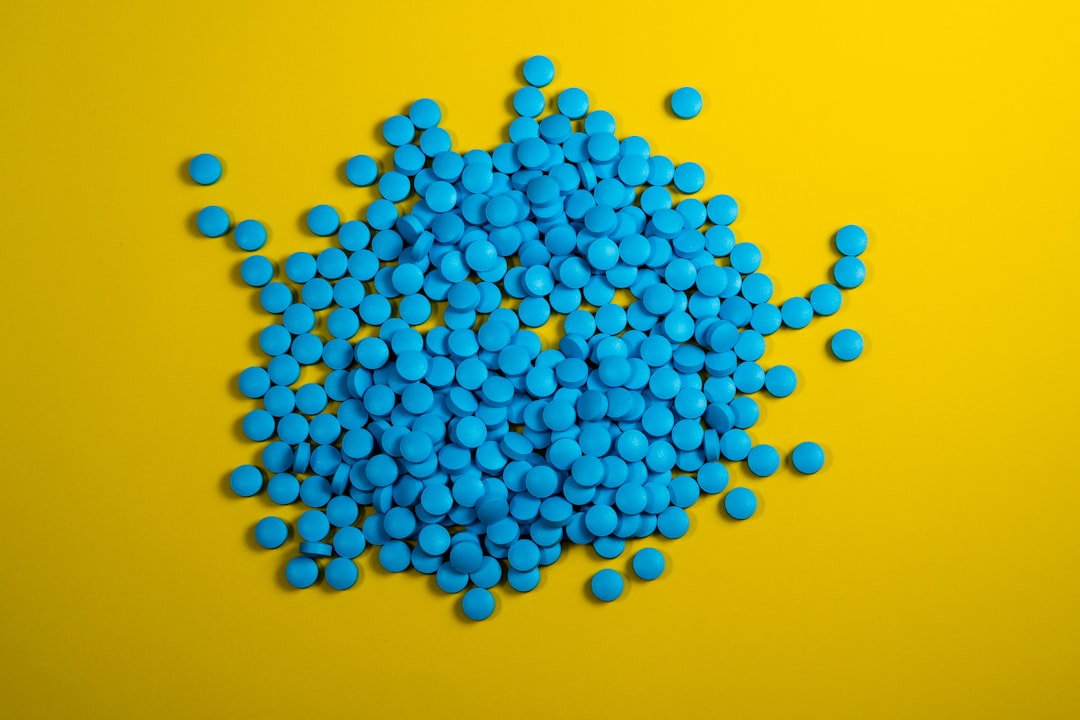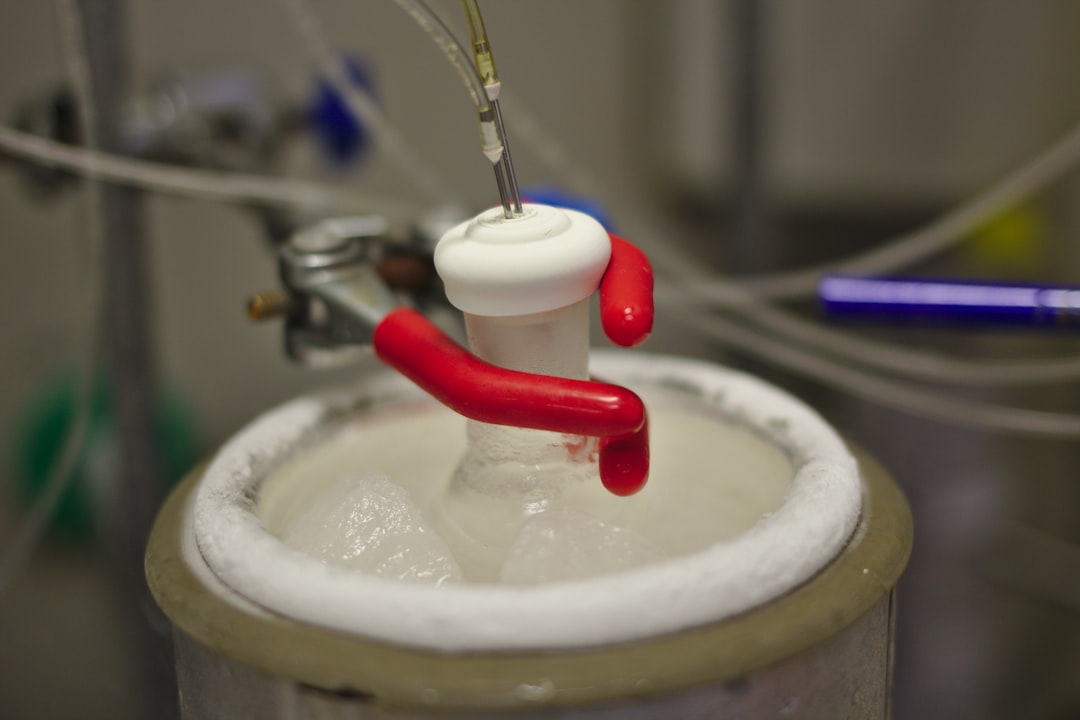What is it about?
Birds extract carotenoid pigments from food and deposit them directly into their feathers, or alter the structure and colour of the extracted pigments through biochemical pathways. Any one feather can contain a mixture of dietary and altered carotenoids and is thus a valuable source of habitat, physiology and evolutionary information. Using Raman spectroscopy and multivariate statistics, we can now access this information without sample destruction.
Featured Image
Why is it important?
The traditional method for extracting information about plumage carotenoids involved draining the colour out of a feather. Our new, non-destructive method means that we can study precious bird specimens that have never before had their feather pigments analysed. For example, the Petroica robins from Australian and New Zealand.
Read the Original
This page is a summary of: Non-destructive descriptions of carotenoids in feathers using Raman spectroscopy, Analytical Methods, January 2014, Royal Society of Chemistry,
DOI: 10.1039/c3ay41870g.
You can read the full text:
Resources
Contributors
The following have contributed to this page










